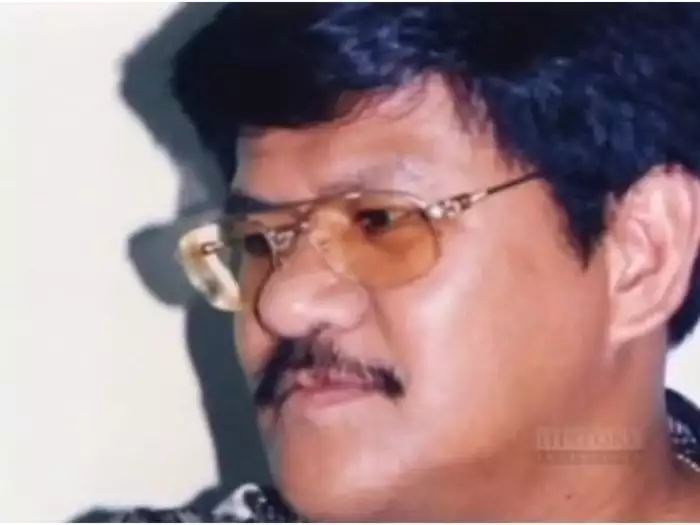A mining company’s claim that it had discovered a huge deposit of gold, deep in the Indonesian jungle, led to a scramble to invest in the firm. But all that glittered was not gold, as a new podcast series reveals, and questions remain about the mysterious death of the company’s chief geologist.

On the morning of 19 March 1997, Michael de Guzman, chief geologist at Canadian mining company Bre-X Minerals, boarded a helicopter flight to travel to a remote jungle site in Indonesia.
It was a journey he had made many times before, to a place where he had reported finding huge deposits of gold.
But this time, de Guzman never arrived.
Twenty minutes into the journey, a rear door on the left-hand side of the helicopter opened and de Guzman had gone, plummeting to his death into the dense foliage below.
The CEO of the mining company announced de Guzman had taken his own life, having been diagnosed with hepatitis B and exhausted from fighting recurring Malaria.
Ten years later, Canadian journalist Suzanne Wilton was sent by the Calgary Herald to investigate De Guzman’s death.
“I was sent halfway around the world… This story has haunted me ever since,” she says.

De Guzman was born in the Philippines on Valentine’s Day, 1956. An apt birthday, as he was often in love. He had three, possibly four, wives all at the same time across different countries.
A man who enjoyed karaoke, beer, visiting strip clubs and wearing gold, de Guzman was an experienced geologist who believed he could make his fortune in Indonesia.
In the 1990s, the country was seen as a land of opportunity for gold prospectors with its rich natural mineral sources, says Wilton.
One Dutchman – John Felderhof, known to many as the Indiana Jones of geologists – believed a remote site in Busang, in the province of East Kalimantan on the island of Borneo, was a goldmine waiting to be exploited. But he needed cash to move forward.

In April 1993, Felderhof struck a deal with David Walsh, Bre-X Minerals’ CEO. Walsh was to sell the dream to potential investors of a site laden with buried treasure.
Felderhof controlled operations on the ground and made it clear he wanted a project partner to help with the search – fellow geologist and friend de Guzman.
But Felderhof, de Guzman and their team only had until 18 December 1993 to drill test holes to see if the gold was really there. That was when the exploration licence granted to them by the Indonesian government expired.
With only a couple of days to go before the final deadline, and two holes dug, there was still no sign of gold. Then, says Wilton, de Guzman suddenly told Walsh he knew the precise spot they needed to drill – the location had come to him in a dream.
The team drilled a third hole exactly where de Guzman had pinpointed – and struck gold. A further fourth hole brought with it the prospect of an even greater find.





